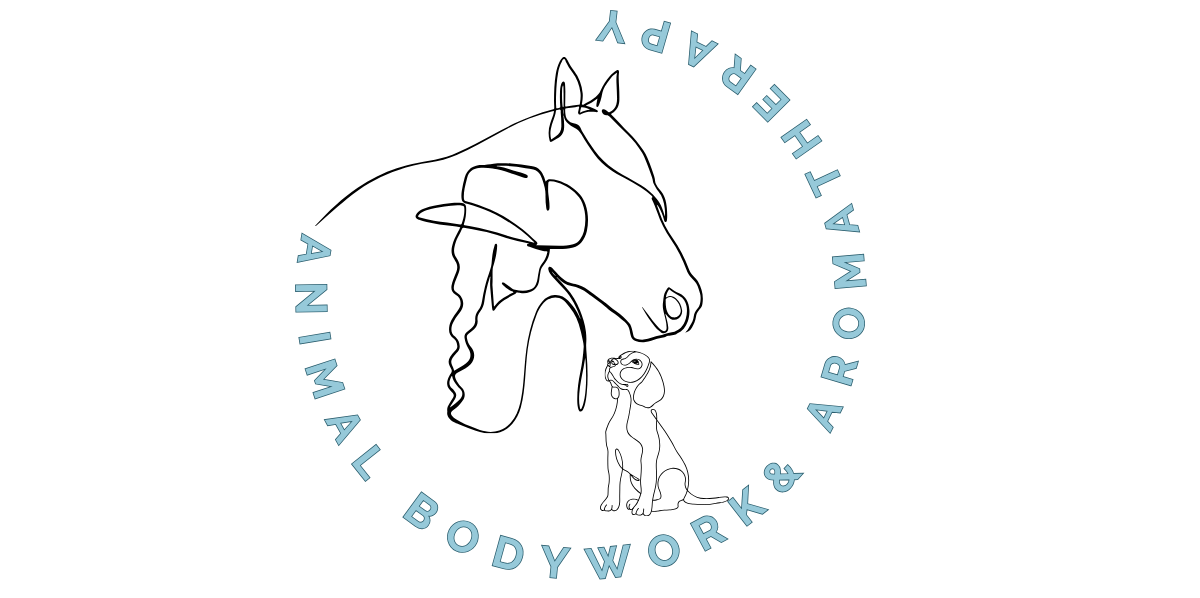For years I recommended carrot stretches to my horse clients. After all, using treats to help stretch and increase range of motion can’t hurt the horse, right?
Wrong. Let me tell you why.

What Are Carrot Stretches?
A carrot stretch is a active stretch that is often done with a treat to encourage your animal to soften, stretch and bend. Searching Google or Pinterest will bring up a number of infographics and videos of people showing you how it’s done. I’ve even got a section in my own massage course for horse owners.
Active Stretching vs. Passive Stretching
Passive stretches are those that remain in a position for a length of time, allowing it to deepen and using a tool or partner. For example, a tail stretch would be considered a passive stretch. It cannot be done without a partner (you) and is held for a longer period of time. These types of stretches may be done during warm up or cool down and there is little risk of injury to the horse if done correctly.
An active stretch is one where the horse is activating their own muscles without the use of tools or a partner. For best results and to avoid risk of injury, this type of stretch should be used when muscles are already warmed up from a ride or a professional massage session, but NOT grooming. There are a lot of pros when it comes to active stretches, however, there is also the biggest risk of injury.
How Carrot Stretches Hurt Your Horse
Again, I’ll say that I use carrot stretches with my own animals and do recommend them for clients. However, and this is a big caveat, they have to be done CORRECTLY.
Most people have no idea what they are doing and either ask for a stretch that is not healthy for their animal, a stretch past the horse’s abilities, stretching a cold muscle, or not listening when their horse says it hurts. After all, the horse is going to try their best to do what you ask because, hello TREAT.
If done incorrectly, carrot stretches can:
- Cause a pulled muscle.
- Create herniated disks in the poll or neck.
- Form incorrect patterns in the spine, muscle, or ligaments/tendons that later become problematic and result in conformation that is unhealthy.
Who Should Perform Carrot Stretches?
It may be an unpopular opinion but carrot stretches should only be done after bodywork or exercise when the muscles are warmed, and by a professional. Or, if you have been taught by a professional.
You may scoff and say I’m wrong. I see other bodyworker’s trying to gain followers by educating horse owners on social media like I do and I love to see them expanding equestrian’s awareness of our practice and knowledge. Yet, I cringe when I see even the bodyworker’s doing the stretches incorrectly or past the point of what I would recommend for an animal. Not because I’m gatekeeping but because it sets the horse owner and the horse up for failure down the road.
How do I know? Because I’ve done it myself. I’ve been there and I’ve seen horse owners try to replicate my methods thinking it looks easy but doing it incorrectly. Basic massage techniques won’t hurt but stretching can be problematic. Even while working I may do a stretch then inform the owner that they shouldn’t do it themselves, instead giving them a variation that is unlikely to cause discomfort or pain.
What If I Want To Do Carrot Stretches Anyway?
You know your horse best. If you are confident that you are doing stretches correctly, here are the things I recommend doing to make sure you are on the right track.
- Do carrot stretches at liberty in a stall or field. Your horse must be able to walk away and end the session. Using a halter or lead rope to force a position is only asking for injury and also defeats the purpose of the stretch.
- Let your horse say no. They know better than we about how something feels.
- Go slow. Fast movements in stretches can create muscle pulls and tears.
- Start small at the very edge of what your horse’s range of motion.
- Hold the stretch. If your horse is unable to hold the stretch for 3 seconds, stop immediately and reassess. Are they in the correct position? Are they comfortable? Perhaps adjust the stretch and move back so it’s easier for them. As they get better they will be able to hold the stretch longer. Once that occurs, then it is time to deepen the stretch slightly.
- If your horse can usually get a stretch easily but suddenly isn’t able- STOP and contact a professional. There may be a knot, tight muscles, or vertebrae out of alignment.
Carrot stretches, when done correctly, can have a lot of benefits for your animal. However, they are more difficult and technical than Pinterest or the rest of social media would have you believe. Go slow, start small, and slowly deepen as your horse adjusts and becomes more flexible. Remember, if they start to have difficulty with something they used to do, it’s time to call a professional for assistance.
Follow us on Facebook or YouTube and if you would like more educational information, purchase our book Body Conditioning for the Horse and Rider.


